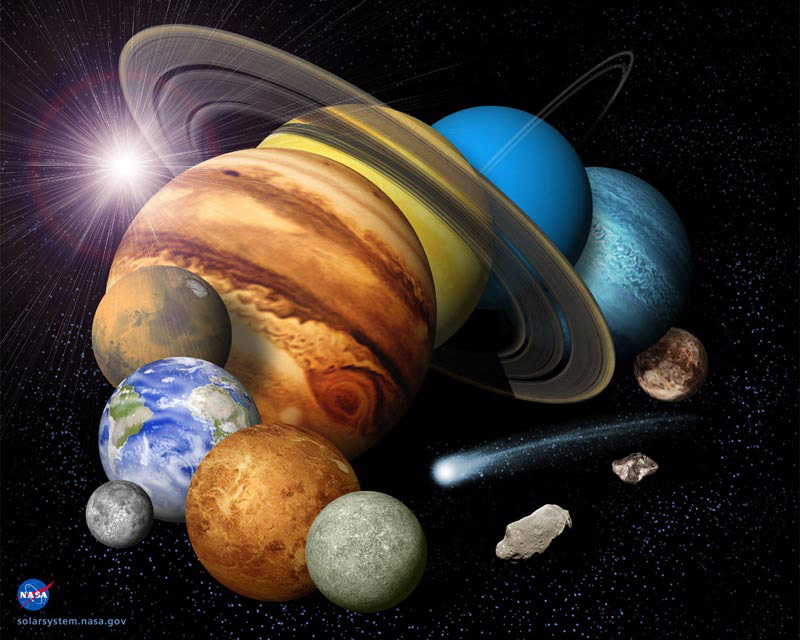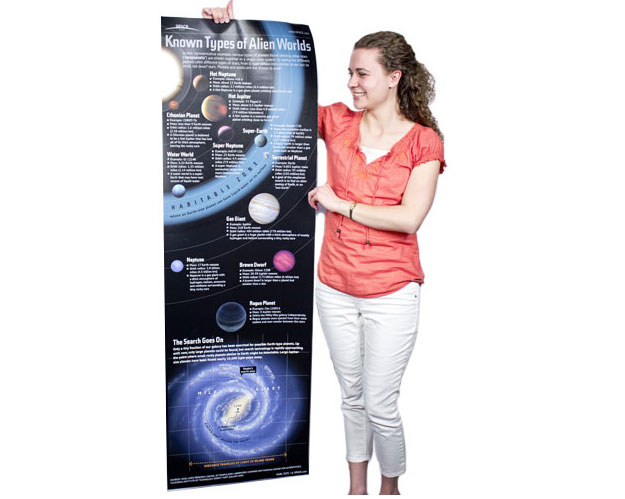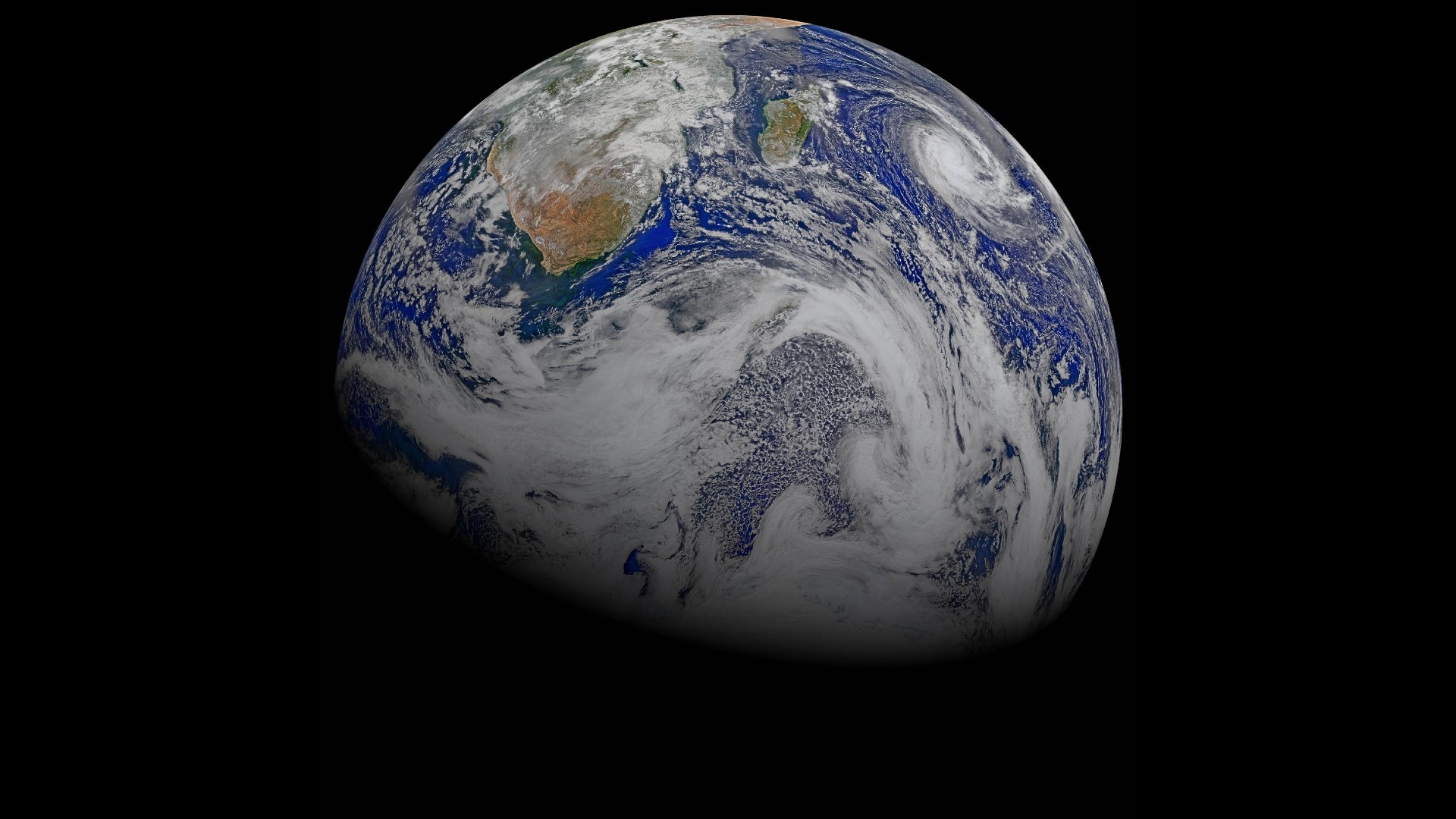Why Is Our Solar System Such a Cosmic Weirdo?

The solar system that humans call home may be a strange oddity when compared with the incredible diversity of planetary systems researchers are discovering in the Milky Way, astronomers say.
Scientists now estimate the Milky Way galaxy contains at least as many planets as it does stars. So far, researchers have detected nearly 900 of these so-called exoplanets already, and several thousand more candidates are under investigation.
The number of distant worlds that astronomers have discovered in the past 15 years or so has skyrocketed recently due to new advances such as NASA's Kepler mission, which can detect planets as small as Earth's moon. Analyzing the orbits, masses, diameters and compositions of these exoplanets has revealed that an extraordinary variety of them exist, such as so-called "hot Jupiters," gas giants orbiting closer to their stars than Mercury does the sun. [Gallery: Strangest Alien Planets]
Super-Earths
In the last five years, researchers have unexpectedly discovered the most common type of exoplanet seen to date is one missing from the solar system — a world between the sizes of Earth and Neptune. Planets like these apparently substantially outnumber larger, Jupiter-size planets, at least relatively close to their stars.
"These are sometimes called 'super-Earths,'" study author Andrew Howard, an astronomer at the University of Hawaii at Manoa, told SPACE.com.
Super-Earths are part of the most commonly seen class of exoplanetary systems. These involve one or more planets between one to three times the size of Earth orbiting much closer to their stars than one astronomical unit, the distance from Earth to the sun.
Breaking space news, the latest updates on rocket launches, skywatching events and more!
The composition of the exoplanetary systems that researchers have observed so far may solve a key mystery regarding which of two competing models of how planets form is correct. The core accretion model of planetary formation suggests worlds grow when gas accumulates relatively quickly onto a solid planetary core, while the mechanism known as gravitational instability has a planet's interior and atmosphere born simultaneously.
The core accretion model predicts that giant planets should be more common around massive stars that are rich in "metals" — that is, elements heavier than helium — since these stars have discs surrounding them dense in the dust and ice that could go into a planet's core. So far, it looks as if metal-rich stars are in fact more likely to host giant planets within five astronomical units of them, suggesting the core accretion model is how planets are generally created.
Exoplanet mysteries
Still, other mysteries abound when it comes to exoplanets. For instance, much remains unknown about super-Earths.
"What are the compositions of these super-Earths?" Howard asked. "Are they really scaled-up rocky, Earth-like planets? Are they water worlds with cometlike compositions? Are they scaled-down Neptune-like planets with rock, water and atmospheres of hydrogen and helium?
In addition, the origins of super-Earths are a puzzle. "Did they form in place?" Howard asked. "Did they form in more distant orbits and migrate inward to close orbits?"
All in all, a great deal is uncertain about what exoplanets are like because the current techniques for detecting large numbers of exoplanets see only certain kinds of alien worlds — planets Earth-size or larger orbiting less than one astronomical unit from their stars, and gas giants orbiting within several astronomical units.
"We only have a soda straw view of exoplanets," Howard said. "Smaller planets or planets orbiting more distantly are very hard to detect."
Habitable planets
A major goal now of exoplanet research is to detect Earth-size worlds orbiting in their stars' habitable zones, where temperatures are just right for oceans of liquid water to survive on the surfaces of those planets. These exoplanets might be home to life as we know it, since there is life virtually wherever there is water on Earth.
"Kepler will keep pushing toward smaller planets in more distant orbits," Howard said. "Assuming the satellite keeps working, it will likely discover the first Earth-size planet in the habitable zone. A few years later, we'll have several of these planets and then we can start to calculate how common they are."
Still, Howard cautioned that habitable zones remain difficult to define, since more than just a planet's distance from its star underlies whether or not it might have water on its surface — for instance, the nature of its atmosphere is another key factor as to whether it retains just the right amount of heat to keep surface oceans stable.
"And the habitable zone doesn't mean it's inhabited," Howard said. "It just means that the temperature is right for liquid water if water exists at all on that planet."
The scientists detailed these findings in the May 3 issue of the journal Science.
Follow us @Spacedotcom, Facebook and Google+. Original article on SPACE.com.

Charles Q. Choi is a contributing writer for Space.com and Live Science. He covers all things human origins and astronomy as well as physics, animals and general science topics. Charles has a Master of Arts degree from the University of Missouri-Columbia, School of Journalism and a Bachelor of Arts degree from the University of South Florida. Charles has visited every continent on Earth, drinking rancid yak butter tea in Lhasa, snorkeling with sea lions in the Galapagos and even climbing an iceberg in Antarctica. Visit him at http://www.sciwriter.us


